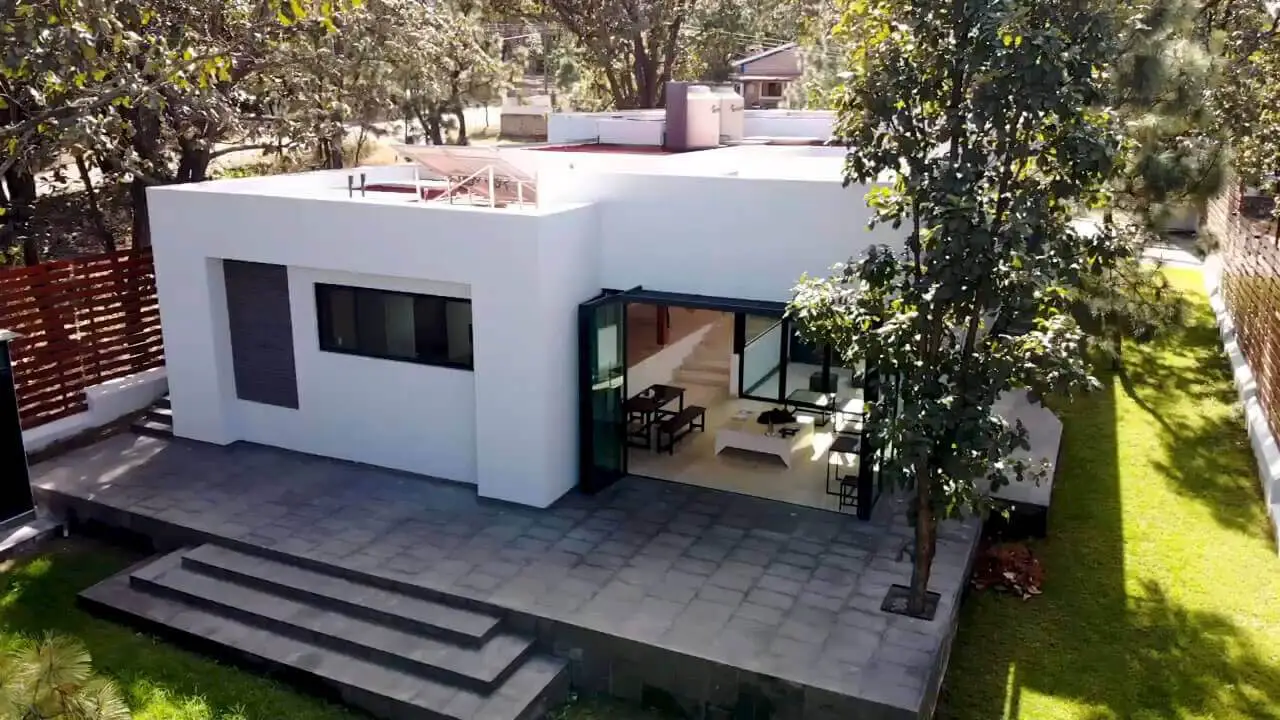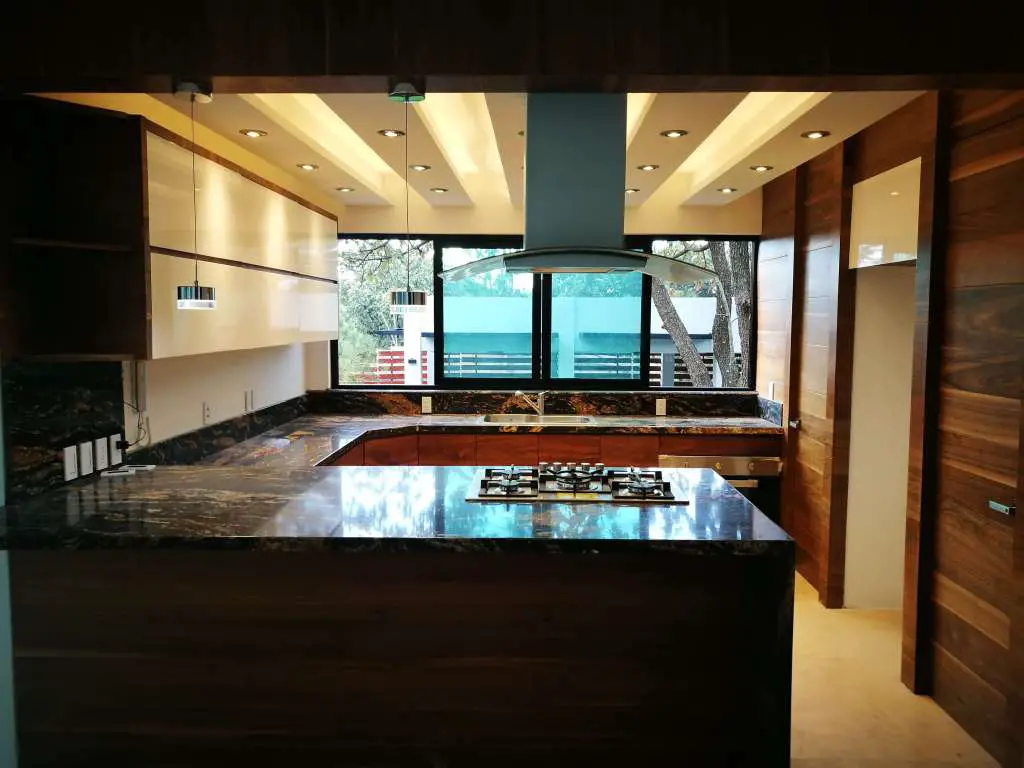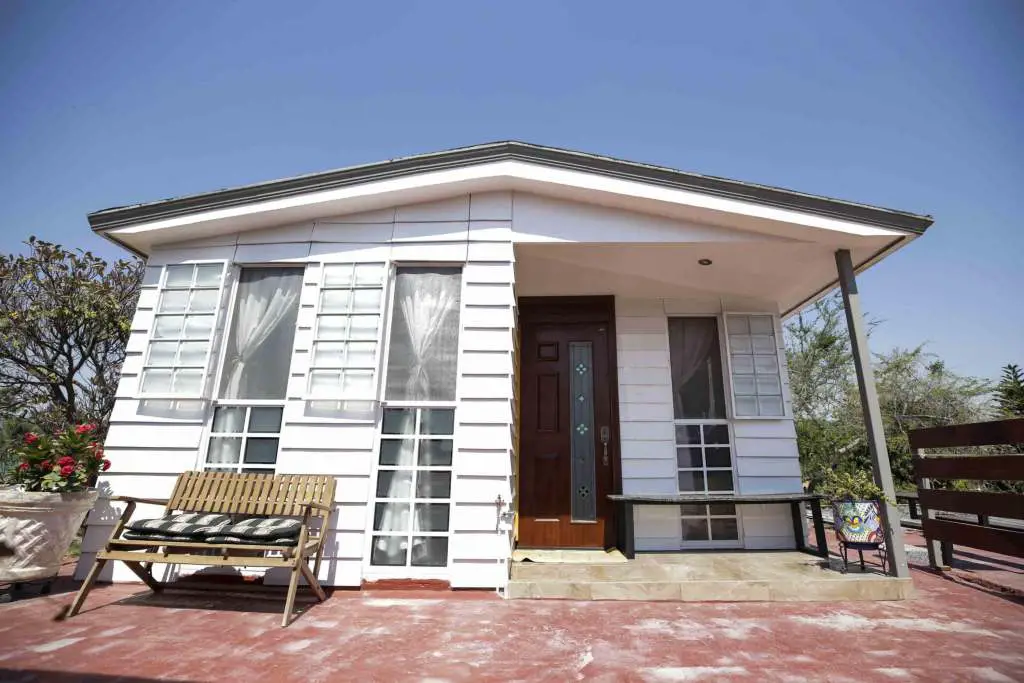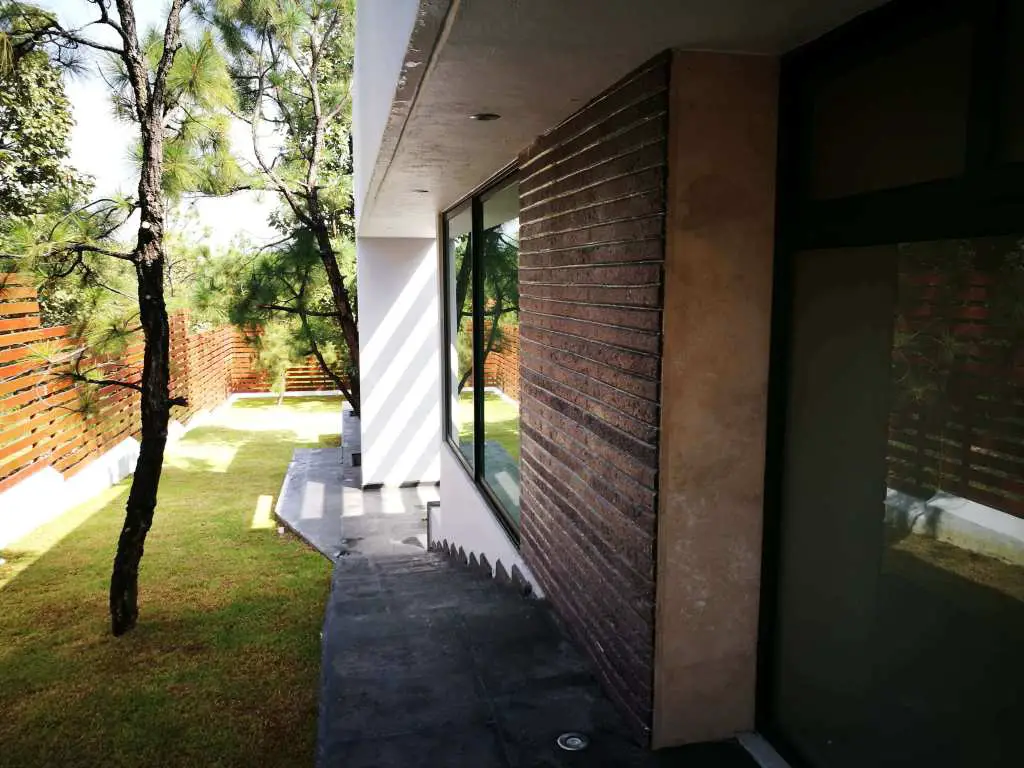This Mexican Engineer Builds “Plastic Houses” That Can Absorb The Seismic Waves Of An Earthquake
Tags: News

Ramon Martin Espinosa Soils is a different brand of engineer altogether. This University of Guadalajara graduate has devised plastic houses that would resist earthquakes, especially in a region like Central America. Firstly, he creates a different material that has the qualities of plastic, which he then uses to build houses that are environmentally friendly and can absorb the seismic waves of an earthquake.

The material he uses is made from plastic bottles or plastic chairs. Interestingly, this house doesn’t need any form of air conditioning or heating to make it suitable or conducive to living. Also, the main reason why this house is earthquake-resistant is that it is extremely flexible.
Read: Biodegradable Tableware Made From Wheat Bran Could Be One Solution To Plastic Pollution
The time required to construct such a house also takes much less time. According to Ramon, a 50 square meter house would take three or four weeks, whereas a similar house built with typical materials would take close to 4 months.

He explains that this house needs no air conditioning, simply because there is a difference of six degrees between the temperature outside, and inside. But the cross ventilation through the structural design helps in controlling the heat that comes in from outside.
The materials used to make such houses are also extremely durable- the average house would easily last up to a century, whereas houses built with conventional materials would last just 50-70 years. The USP of this house is something else entirely- the house costs 50% less than your average house in the market.

Read: You Can Set Up This Solar Powered Prefab Cabin In Just 4 Hours
There are several panels that are involved in the construction of a house. Every panel measures 240 mm x 120 mm x 10-13 mm, so there is a considerable amount of panels involved in the process. The manufacturing of one panel is quite an interesting affair. First, the plastic is collected and then separated. After that, the plastic is ground into fine dust and mixed without water. Then it is put in a mold and inside an oven at 220°C to obtain the plates which would go into making the plastic houses.
For more information on Ramon or his plastic houses, go to their Ecoplastico Ambiental website.
Leave Comment: